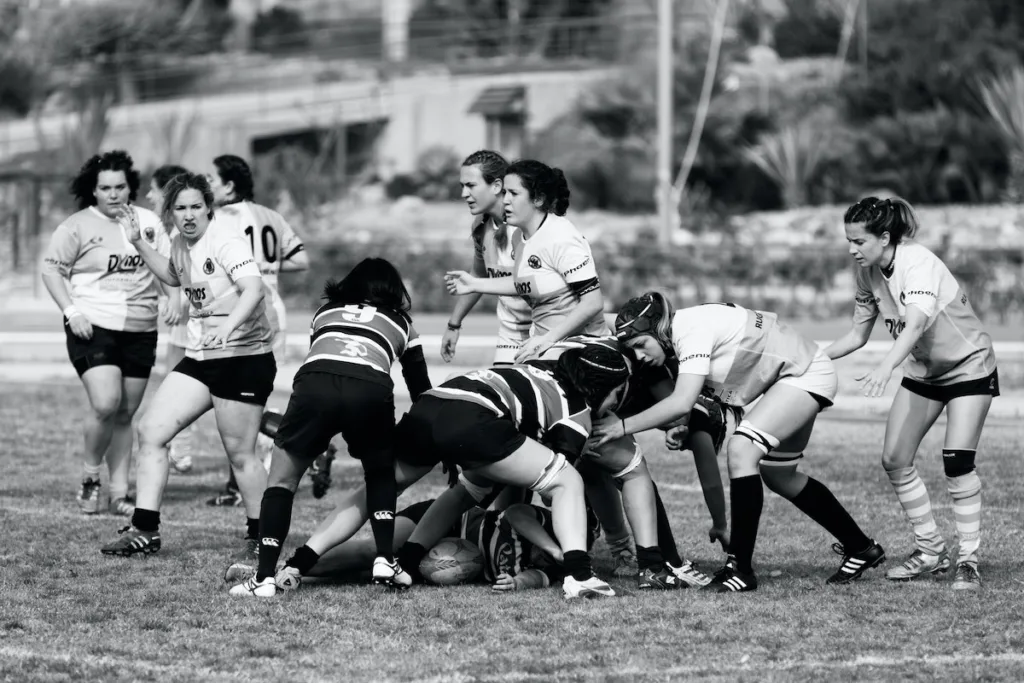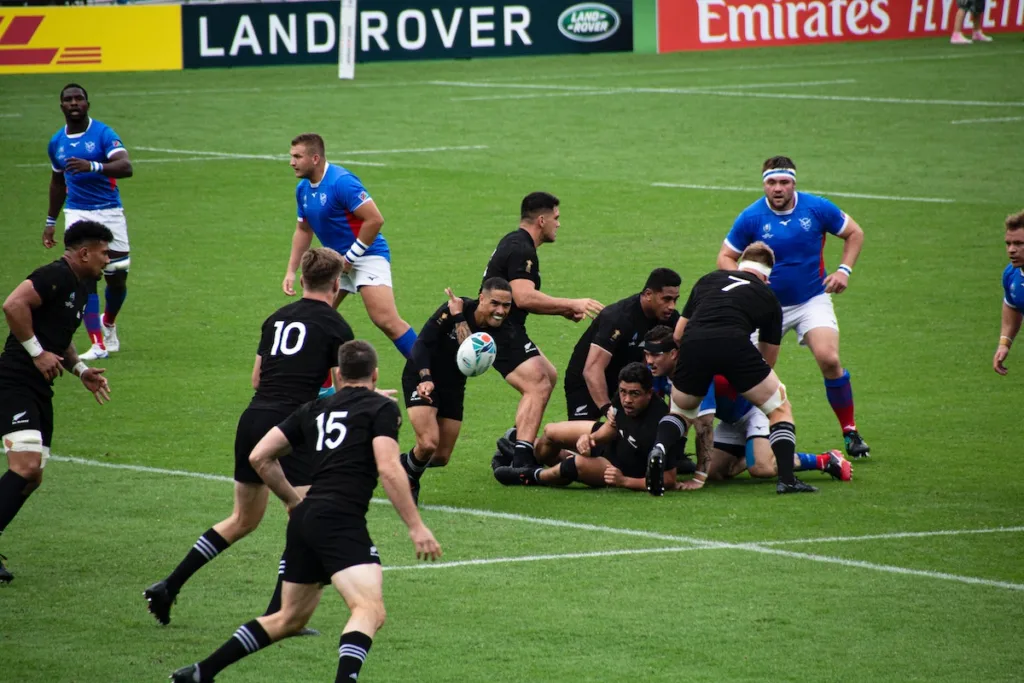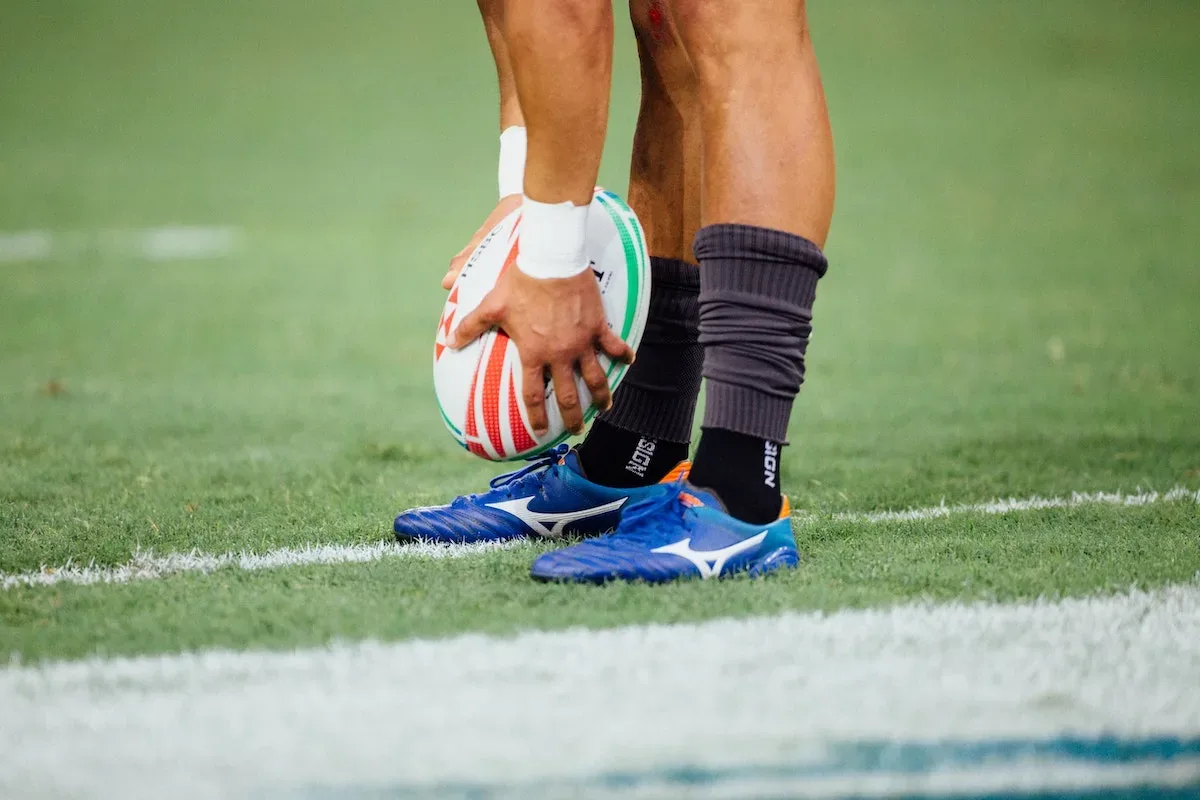In rugby union, an offside occurs when a player is in front of the ball and closer to the opponents’ goal line than both the ball and the player’s teammate who last played the ball. In general, an offside player must not take part in the game, including tackling, interfering with play, or trying to play the ball, until they are onside again.
What is the penalty for offside
In rugby union, the penalty for being offside is usually a kick, awarded to the non-offending team, but the team can choose a tap penalty or scrum. The penalty can be taken in place or moved to a more advantageous position. In some cases, if the offside is considered particularly dangerous or intentional, the offending player may receive a yellow or red card, which results in a temporary or permanent suspension from the game, respectively. The specific penalties for offside can vary depending on the competition or match being played and the specific circumstances of the infraction.

When are you offside at a breakdown
In rugby union, an offside at a breakdown occurs when a player is in front of the ball and closer to the opponents’ goal line than both the ball and the hindmost foot of the player’s teammate who is on their feet and over the ball. At the breakdown, the ball is considered to be “out” and players not participating in the ruck or maul must be onside. If a player is offside at a breakdown, they must retire behind the hindmost foot of their teammate, or behind the ball, before participating in the game again. The penalty for offside at a breakdown is usually a free kick.
Can you be offside at a scrum
In rugby union, players can be offside at a scrum, although the rules and circumstances surrounding offside are different compared to other phases of play. At a scrum, the players participating in the scrum must be onside, meaning they must be behind the ball and their teammate’s hindmost foot. If a player is offside at a scrum, they must retire behind the hindmost foot of their teammate or behind the ball before participating in the game again. The penalty for offside at a scrum varies depending on the specific circumstances of the infraction, but it is typically a free kick or a scrum to the non-offending team.

What are the rules concerning being offside at a lineout
In rugby union, being offside at a lineout is similar to being offside in other phases of play. At a lineout, the players must be behind the ball and the hindmost foot of their teammate who is on their feet. Players must also be behind the plane of the touchline, meaning they cannot cross the touchline until the ball has been thrown in. If a player is offside at a lineout, they must retire behind the hindmost foot of their teammate or behind the ball before participating in the game again. The penalty for offside at a lineout is typically a free kick to the non-offending team. Additionally, the player who throws the ball in must be in touch when they throw the ball in, meaning they cannot cross the touchline until after they have released the ball. If they are not in touch, the lineout will be awarded to the opposing team.
Can you be offside from a kick?
In rugby union, players can be offside from a kick, including a kick-off, drop kick, punt, or place kick. At the moment the ball is kicked, the players must be behind the ball and the hindmost foot of their teammate who last played the ball. If a player is in front of the ball and closer to the opponents’ goal line than both the ball and the hindmost foot of their teammate, they are offside. The player must retire behind the hindmost foot of their teammate or behind the ball before participating in the game again. The penalty for being offside from a kick is usually a free kick to the non-offending team.

